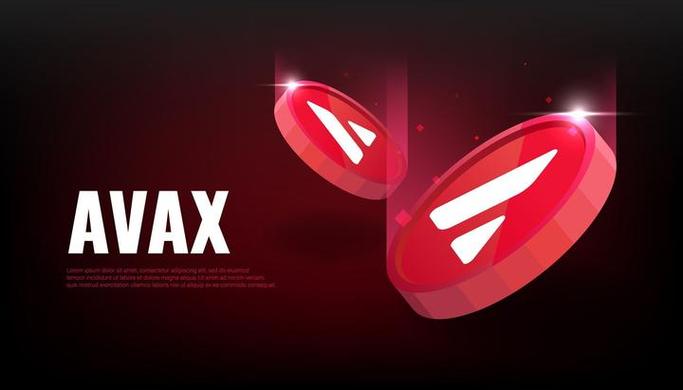
Avalanche vs Ethereum: A Comprehensive Comparison
When it comes to blockchain technology, Ethereum and Avalanche are two of the most prominent names in the industry. Both have their unique features and strengths, making them popular choices for developers and investors alike. In this article, we will delve into a multi-dimensional comparison of Avalanche and Ethereum, exploring their architecture, performance, security, and community aspects.
Architecture
Ethereum, launched in 2015, is a decentralized platform that runs smart contracts. It uses a proof-of-work (PoW) consensus mechanism, which requires miners to solve complex mathematical puzzles to validate transactions and add new blocks to the blockchain. This process consumes a significant amount of energy and computational power.

Avalanche, on the other hand, was introduced in 2020 and is designed to be a highly scalable and efficient blockchain platform. It utilizes a unique proof-of-stake (PoS) consensus mechanism, which allows validators to validate transactions by staking their AVAX tokens. This mechanism is more energy-efficient and requires less computational power compared to PoW.
Performance
Ethereum has faced scalability issues since its inception, with transaction speeds and costs often skyrocketing during peak times. The Ethereum 2.0 upgrade aims to address these issues by transitioning to a PoS consensus mechanism and implementing sharding. However, Ethereum’s current performance is still limited compared to some other blockchains.
Avalanche, with its PoS consensus mechanism and sharding capabilities, boasts an impressive performance. It can handle up to 4,500 transactions per second (TPS) and is designed to scale to 144,000 TPS with further optimizations. This makes Avalanche a highly competitive choice for applications requiring high throughput and low latency.
Security
Both Ethereum and Avalanche prioritize security, but they employ different approaches. Ethereum’s PoW consensus mechanism is known for its resistance to attacks, as it requires a significant amount of computational power to compromise the network. However, PoW is energy-intensive and can be vulnerable to 51% attacks if a single entity controls more than half of the network’s mining power.

Avalanche’s PoS consensus mechanism is designed to be more secure and energy-efficient. The network’s validators are incentivized to act honestly, as any malicious behavior can result in the loss of their staked AVAX tokens. This mechanism also reduces the risk of 51% attacks, as it requires a majority of validators to collude to compromise the network.
Community
Ethereum has a vast and active community, with numerous developers, investors, and enthusiasts contributing to its growth. The Ethereum Foundation plays a crucial role in supporting the ecosystem and promoting the adoption of Ethereum-based applications. However, the community has faced some challenges, such as the Ethereum 2.0 upgrade delays and the DAO hack in 2016.
Avalanche has a growing community, with a strong focus on innovation and collaboration. The team behind Avalanche has extensive experience in blockchain technology and has received backing from notable investors and industry leaders. The community is actively working on developing applications and promoting the adoption of Avalanche-based solutions.
Market Performance
When it comes to market performance, both Ethereum and Avalanche have seen significant growth since their inception. Ethereum has been the leading cryptocurrency by market capitalization for several years, with a strong track record of innovation and adoption. However, it has also faced regulatory challenges and competition from other blockchain platforms.
Avalanche has gained attention as a promising alternative to Ethereum, with its superior performance and security features. The platform has seen a surge in interest from developers and investors, leading to a significant increase in its market capitalization. However, it remains to be seen how Avalanche will fare in the long term, considering the highly competitive nature of the cryptocurrency market.
Conclusion
In conclusion, Ethereum and Avalanche are two compelling blockchain platforms with their unique strengths and weaknesses. Ethereum has a strong track record of innovation and adoption, but it faces scalability and security challenges. Avalanche, on the other hand, offers a highly scalable and energy-efficient solution with a promising future. Ultimately, the choice between the two will depend on your specific needs and preferences.
| Feature | Ethereum | Avalanche |
|---|---|---|
| Consensus Mechanism | Proof-of-Work (PoW) | Proof-of-Stake (PoS) |
Transaction Speed
Related Stories |



